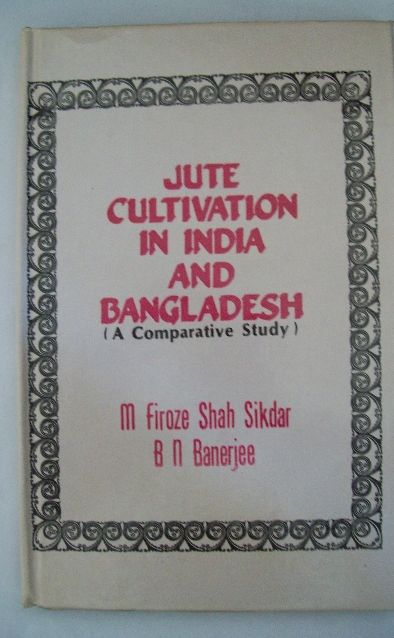Jute Cultivation In India And Bangladesh: A Comparative Study
Regular price
Rs. 150.00
The present work attempts to analyse the feasibility of jute production in India and producing countries of the world. Jute is popularly known as Golden fiber of Bangladesh. Since 1972-73, the monopoly of the two countries are being curbed by the increasing production of natural Fibres and synthetic of Brazil, Burma, Nepal, Thailand. The stability in the export earnings of India and Bangladesh brought about by enhancing their price competitiveness. An analysis of profitability of jute and aus paddy, jute-aus cost ratio, jute-aus price ration and output-input ratio indicate a comparative advantage of jute in West Bengal (India) and that of aus in Bangladesh. So, the problem of jute farmers of Bangladesh us nire acute and will contribute to the instability in foreign exchange earnings of the country. Resource use efficiency analysis indicates that there is possibility of increasing the yield of jute and hence reducing the cost per unit in both the regions if input factors are judiciously allocated. Moreover, in none of the regions the coefficient for human labour use has been found to be significantly different from Zero. The present work suggests that the development of jute economy of both the regions lies essentially in the successful action in four major fronts, namely productivity, quality, market promotion and alternative new uses. Joint and massive efforts are also necessary for improvement of market intellegence, coordination of marketing strategies and development of new end uses of raw jute. The effective measure in the desirable direction can be undertaken if both India and Bangladesh operate within the framework of a well formulate multilateral programme with joint participation aided by international agencies such as FAO, UNIDO and UNCTAD.
Guaranteed Safe Checkout





